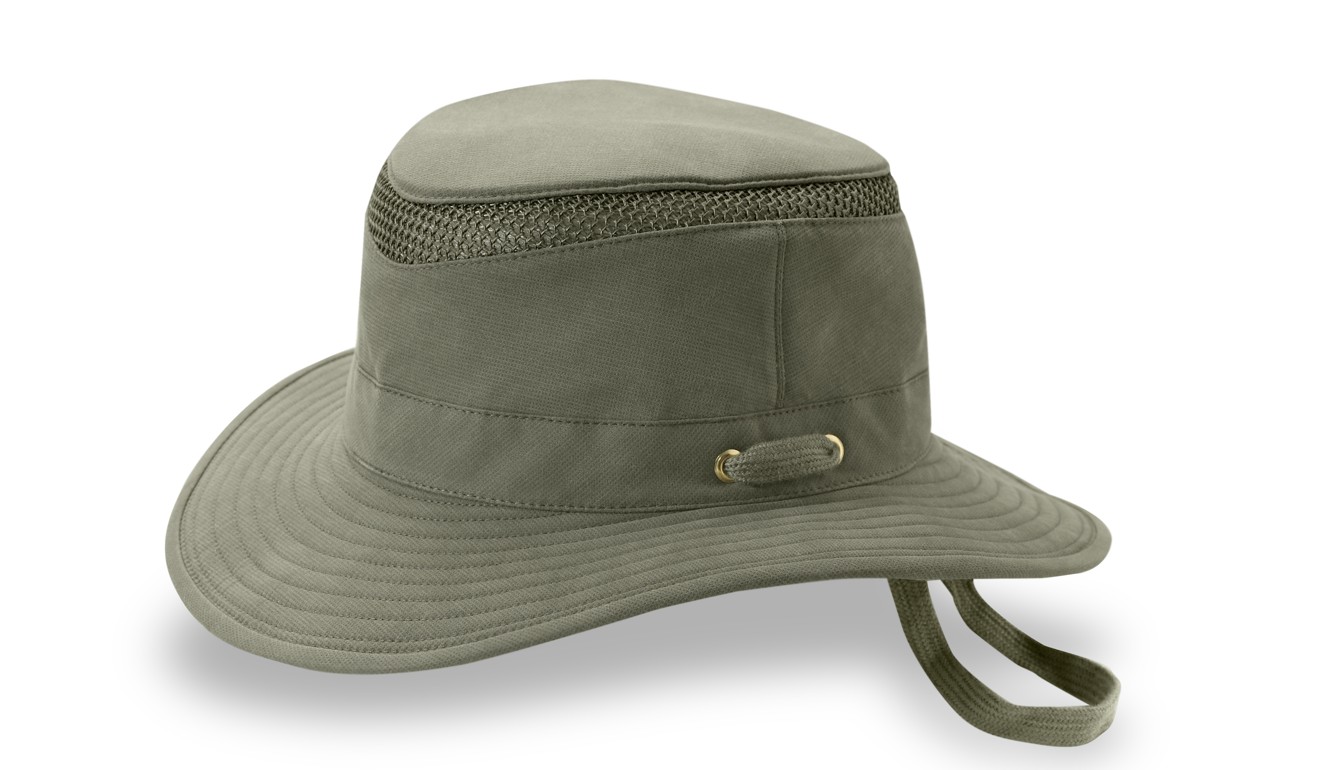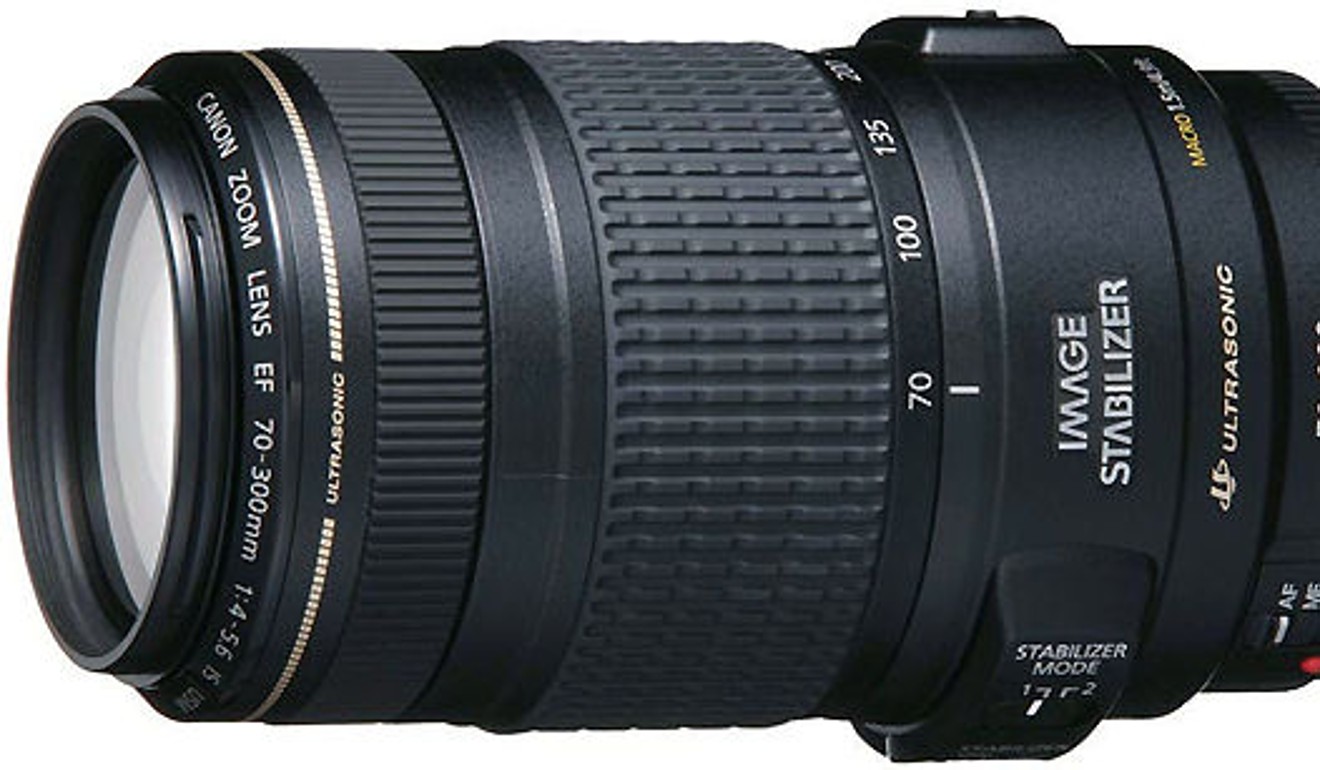
Safari checklist: what to pack for your next wildlife trip – Hong Kong experts share tips
When you’re in the bush, tracking down the big five, you need to be prepared. travel experts from Hong Kong share tips on what to take to help you beat the heat, stay safe and capture perfect photos
A highlight of any visit to the African bush or the Asian jungle is, of course, wildlife. Whether you want to see the big five in the savannahs and rift valleys of East Africa, leopards in Sri Lanka, or tigers in India, getting the most out of a safari trip means thinking carefully about what you take with you, because even luxury trips have some surprising restrictions.

1. How not to be seen
That bright pink T-shirt you love? Leave it at home. “Always stick to neutral colours,” says Kit Wong, expert travel designer at Jacada Travel in Hong Kong. “The biggest faux pas when it comes to packing for a safari is bringing coloured, camouflage or black or white clothing.”
Brightly coloured clothing and anything with loud designs makes you stand out in the bush, and will alert and unsettle wildlife. White just looks dirty very quickly. So keep everything green, brown or – the safari favourite – khaki.
The good, bad and ugly sides to African safaris
Hiking boots are also a wise idea if a thrilling guided walking safari is on the itinerary. Hong Kong safari specialists at travel agent Panda Safari also advise taking a jacket with a hood, and a scarf to cover your face while on the back of the open vehicle in the mornings.
They advise using sunscreen lotion factor 30 or higher and high SPF lip balm for long days out in the sun. A wide-brimmed hat that is easy to pack, like the Tilley T5MO (HK$745), is also handy.
Tiger safaris in India – what you need to know about seeing the stealthy, scarce and spectacular big cats
2. Staying safe and warm
“Camouflage clothing should be avoided as you don’t want to be mistaken for military – and it’s illegal in some places – and avoid blue and dark clothing as it attracts tsetse flies,” says Tico Liu, safari specialist at Hong Kong’s Country Holidays. Biting flies, ticks and mosquitoes mean you should pack plenty of repellent as well as long-sleeved shirts and long trousers.
But don’t overdo it; Liu points out that many people over pack despite premium lodges and camps offering laundry services.
“Another mistake can be forgetting to take some warm socks and snug clothes for early morning game drives on trips during the winter months, which is the peak safari season,” says Rob Dent, Africa travel specialist at Robert Mark Safaris in Hong Kong.
![Thule Chasm duffel bag. Photo: Handout [FEATURES 2018]](https://cdn3.i-scmp.com/sites/default/files/images/methode/2018/05/17/39342dfe-5806-11e8-a7d9-186ba932a081_972x_111537.JPG)
3. What to pack it all in
Rough travel means hard-sided luggage is best, surely? Not if you’re travelling in light aircraft to get to game reserves, which normally have much tighter weight restrictions than commercial long-haul aircraft. “In some cases only soft duffel bags are accepted onto the aircraft,” says Wong.
Himalayan brown bear safaris in India – all you need to know about seeing one of the world’s rarest animals
“If carrying a soft duffel bag is not feasible for various reasons, some aircraft may accept duffels with wheels or retractable trolley handles.” Consider a soft duffel like the Thule Chasm (from HK$941 for 40 litres up to 130 litres) or a tough wheeled version like the 55-litre Victorinox Vx Touring duffel (HK$3,490). Always do your research – know the rules and restrictions for all of your flights.

Your smartphone camera is not going to cut it, so it’s time for a proper DSLR or mirrorless camera with interchangeable lenses. “A zoom lens is especially useful when you are on safari in most national parks, where off-road driving is not allowed or restricted,” says Liu.
Tiger safaris in India – what you need to know about seeing the stealthy, scarce and spectacular big cats
“It’s also essential for birdwatching.” Lui recommends a minimum 300mm long lens for close-ups, but don’t bother with a heavy tripod. You are likely to be in a safari vehicle most of the time, so make yourself a photography beanbag using any small fabric bag filled with rice, sand or even soil (you can do this when you get to your destination). Dozens of pro-grade designs are available online.

5. Landscapes
A safari isn’t just about animals. There are also the vistas, safari camps and local people you'll encounter. A wide-angle lens is best for landscapes, but you shouldn’t try to change lenses in dusty or sandy locations to avoid getting dirt on your camera sensor.
A pocket-sized action camera like the GoPro Hero6 Black (HK$3,300) or Sony RX0 (HK$6,290), which takes stills as well as video, can be handy. If you are considering taking two cameras while travelling on light aircraft, remember that weight restrictions also apply to photography equipment.

6. Getting a closer look
Do not go on safari without binoculars. “Make sure your binoculars are not too heavy and weigh down on your neck,” says Wong. “Lightweight and quick focus mechanisms are the most important aspects because you need to be quick while looking for wildlife.”

If you want to have something similar to what your safari guides spend their lives wearing, go for the waterproof 8x42 Nikon Prostaff 7S (HK$1,580), or if you want the very finest, Swarovski Optik EL 50 10x50 (HK$25,600).

